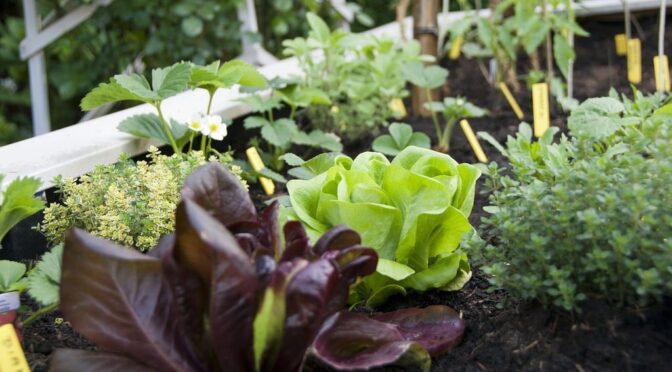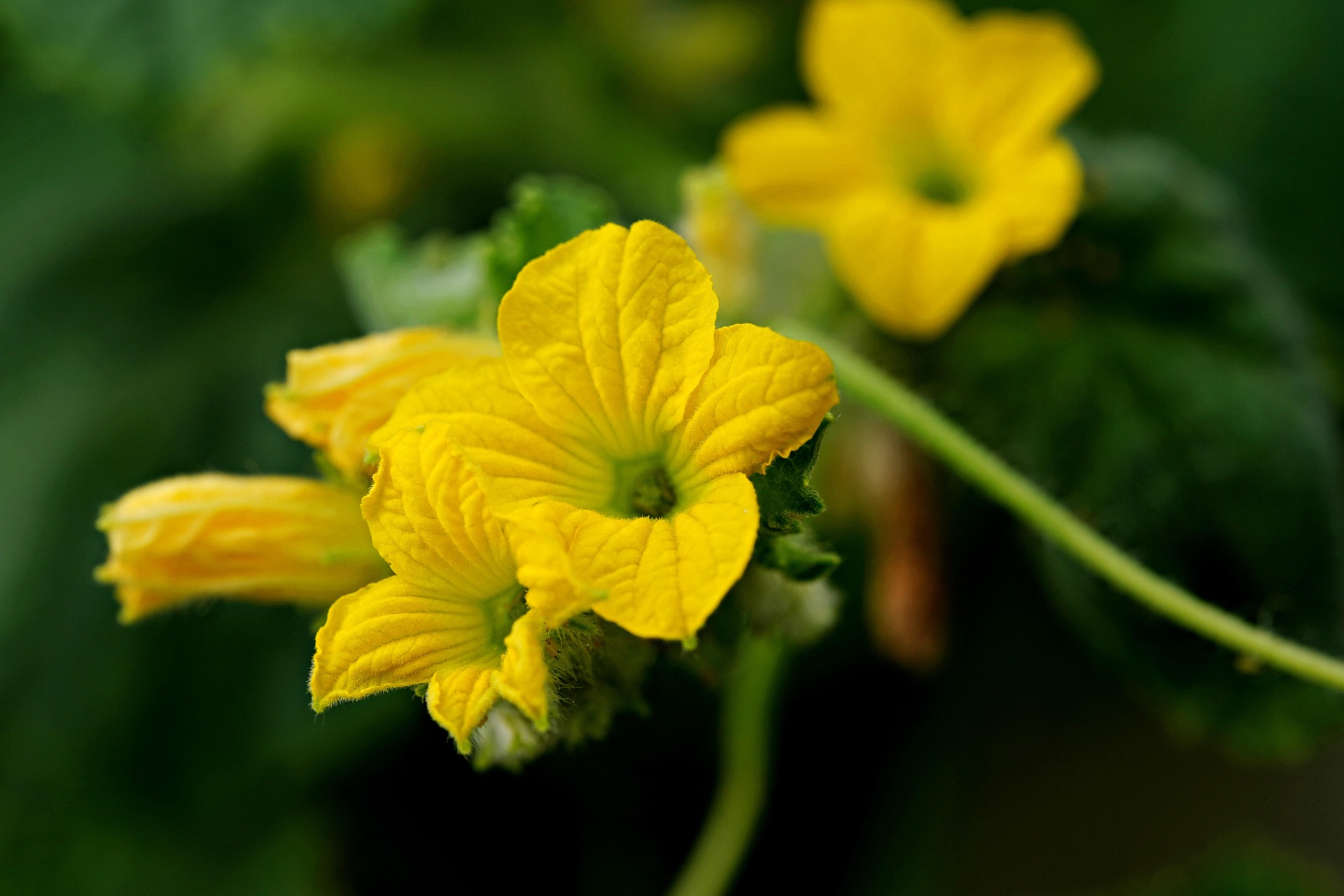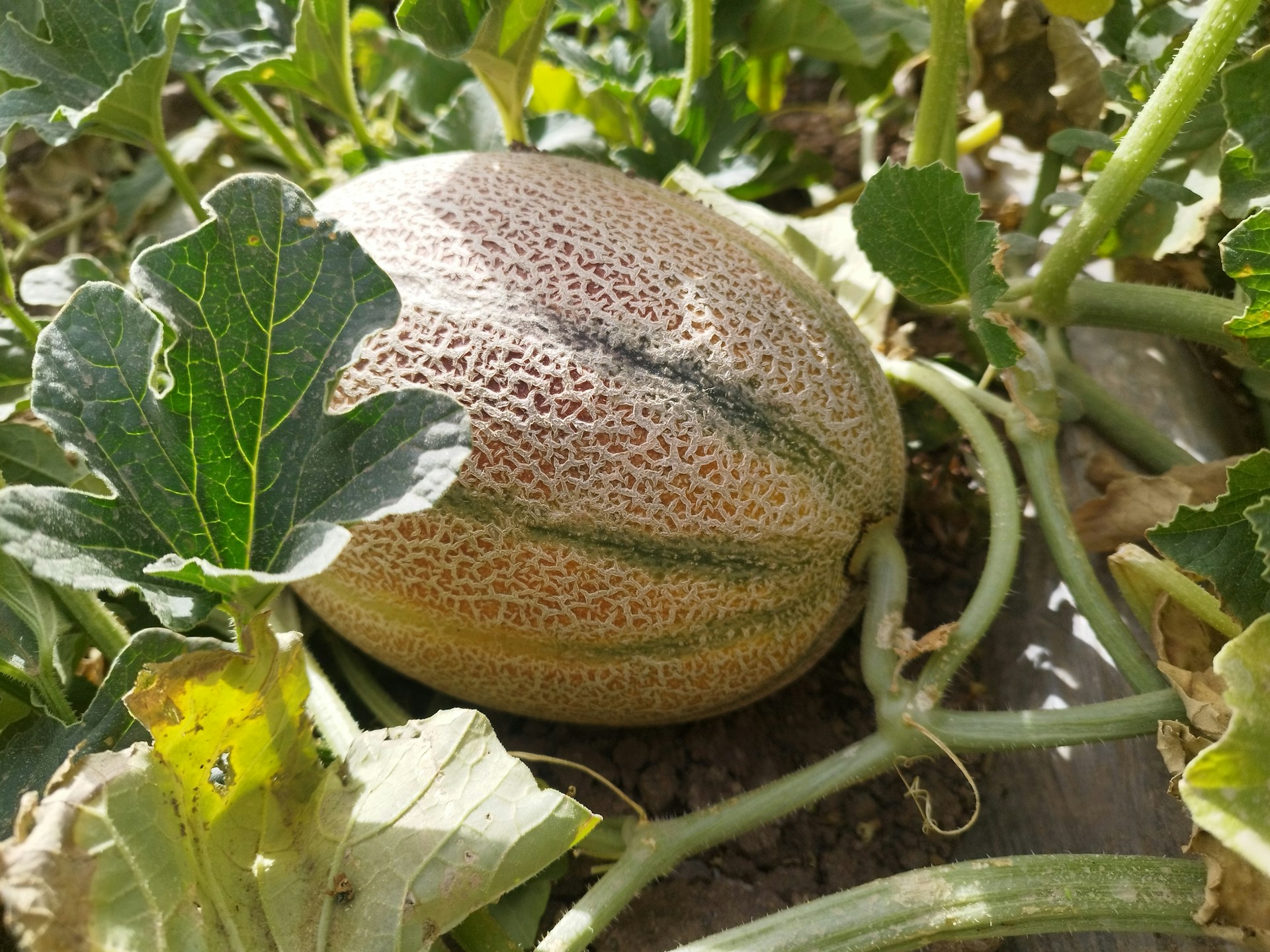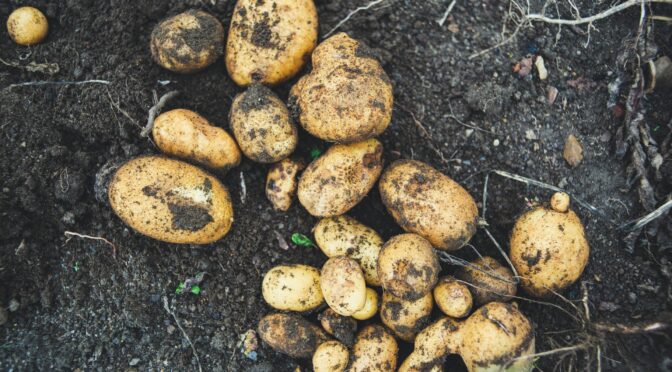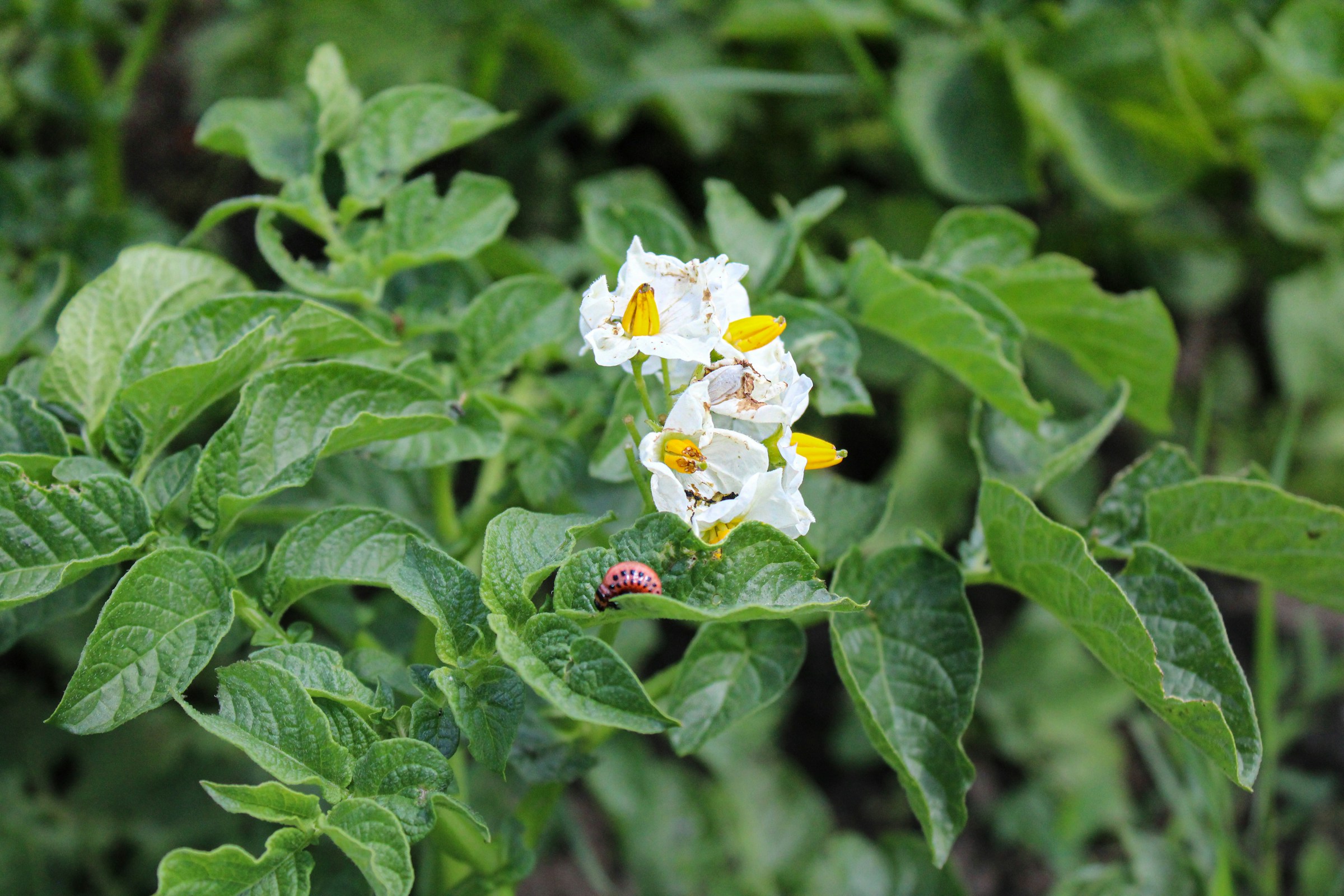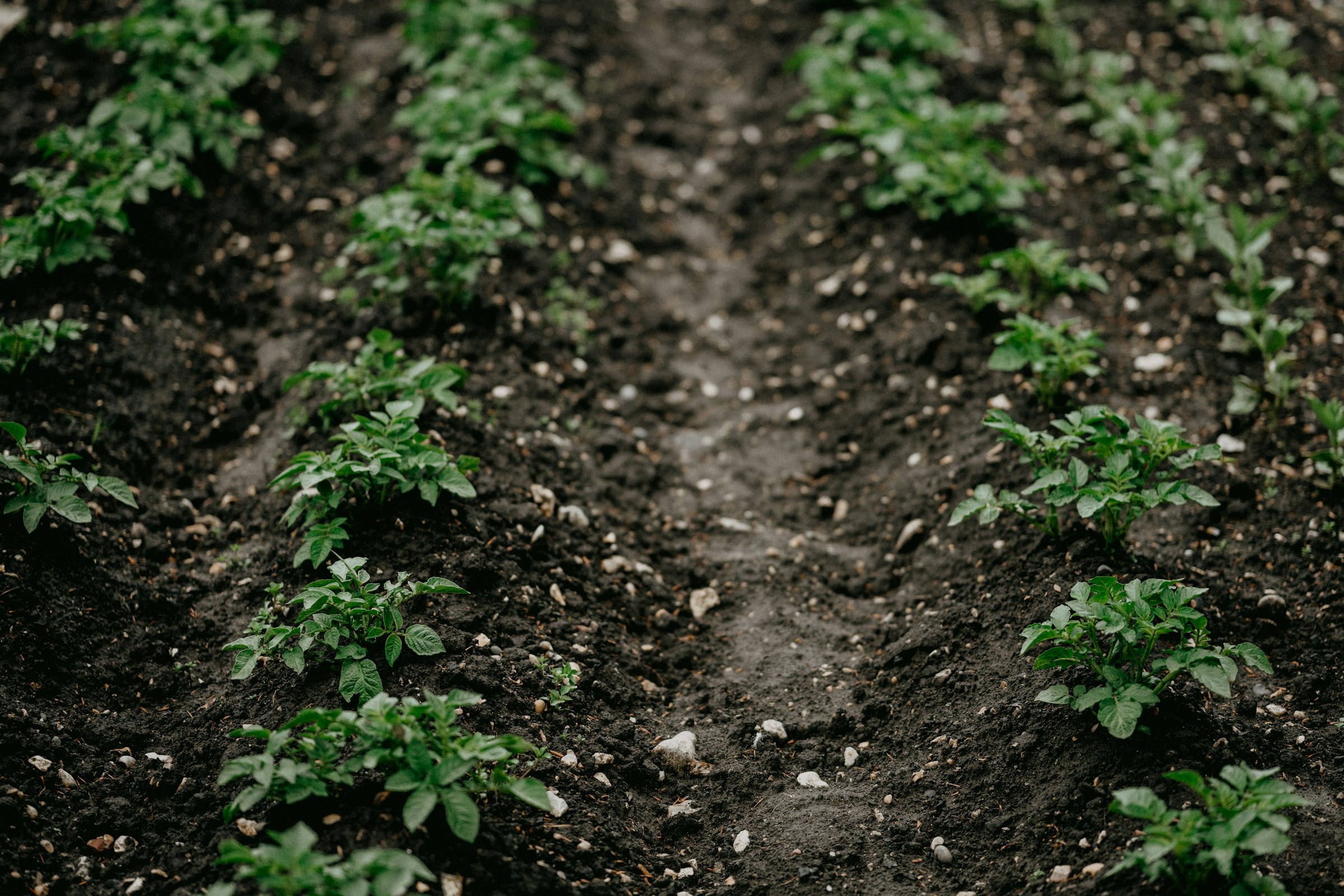Planning your first garden is a thrill. There are so many beautiful varieties to choose from, but it can also be overwhelming. If you’re just getting started, there are a few crops we always recommend to beginners, especially in the Southeast.
It can be tempting to till up an enormous garden, but my best advice for beginners is to keep it small. As gardeners, we all start the season with the best intentions, but with vacations, work, and family commitments, it’s easy for the garden to get away from us. A well cared for small garden will be much more productive than a neglected large garden.
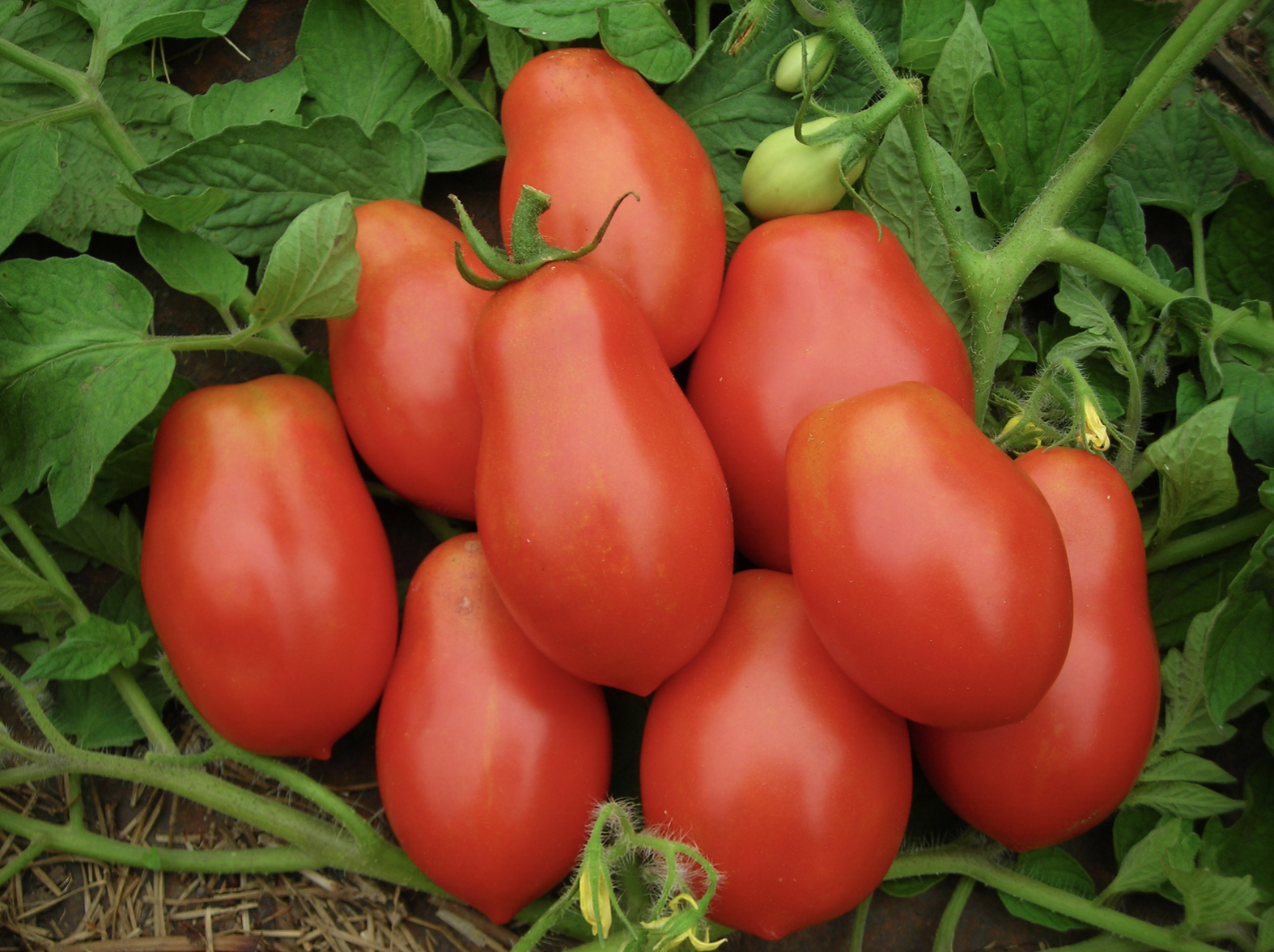
Tomatoes
When you’re getting started with tomatoes, stick to a rugged, disease-resistant variety. Many cherry tomatoes, like Matt’s Wild, Yellow Centiflor, and Black Cherry tomatoes, are vigorous and will bear until frost. They’re also suitable for growing in large containers, though you’ll still need a sturdy trellis or hoop.
If you love to cook or can, paste tomatoes are another great option. Varieties like Amish Paste, Yellow Bell Paste, and Super Italian Paste tomatoes are productive and disease resistant. For small gardens, try a determinate paste tomato. Determinate varieties (as opposed to indeterminate) grow to a certain height, produce a bunch of tomatoes, and then stop. They don’t require pruning or heavy-duty trellises; a single large stake or tomato cage will suffice. Some disease-resistant determinate varieties include Virginia Select Roma VF, Principe Borghese Drying, and Heinz 1350 VF Processing.

Radishes
Radishes are a thrill to grow, especially for kids, because they grow so quickly. You can enjoy spring radishes like Sparkler White Tip or Easter Egg in as little as 24 days! The entire plant is edible, including the roots, leaves, flowers, and seed pods.
Radishes can also help you detect soil deficiencies early. If your spring radishes fail to grow or form spindly roots, you likely have nutrient-poor soil. Add finished compost to your beds before planting again.
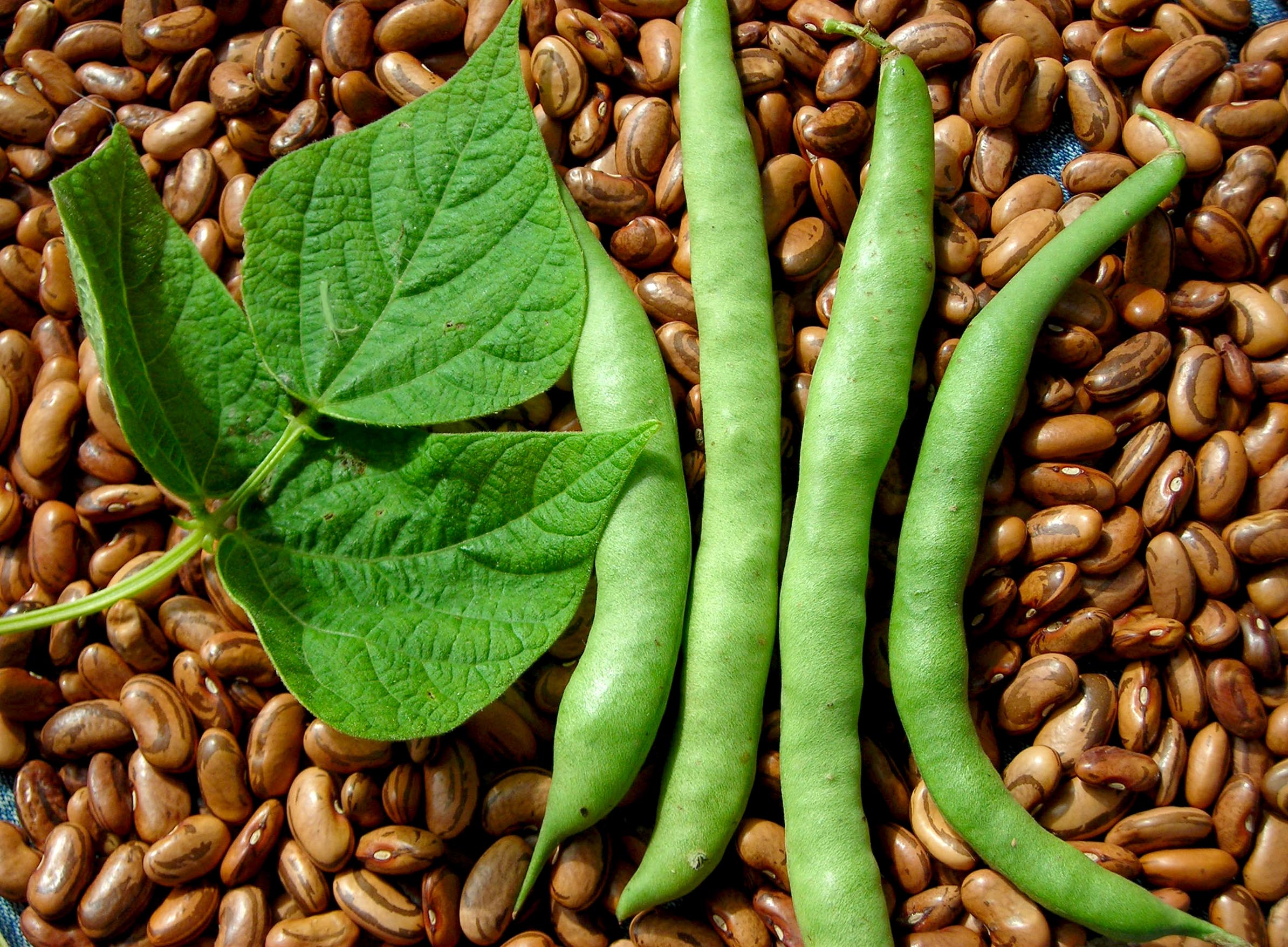
Pole Snap Beans
Pole beans are among our favorite crops for beginners, and they’re disappearing! Pole beans are difficult to harvest with equipment, so many seed companies are switching to bush beans, leaving these heirlooms in the past.
However, pole beans are a great option for home gardens. Pole beans have large seeds, great for getting young kids involved in the planting. You can use pole beans to create bean teepees or tunnels, which makes harvesting extra fun and doubles as great summer forts for kids.
Some great varieties for beginners are Kentucky Wonder (Old Homestead) Pole Snap Bean, Rattlesnake Pole Snap Bean, and Genuine Cornfield Pole Snap Bean.
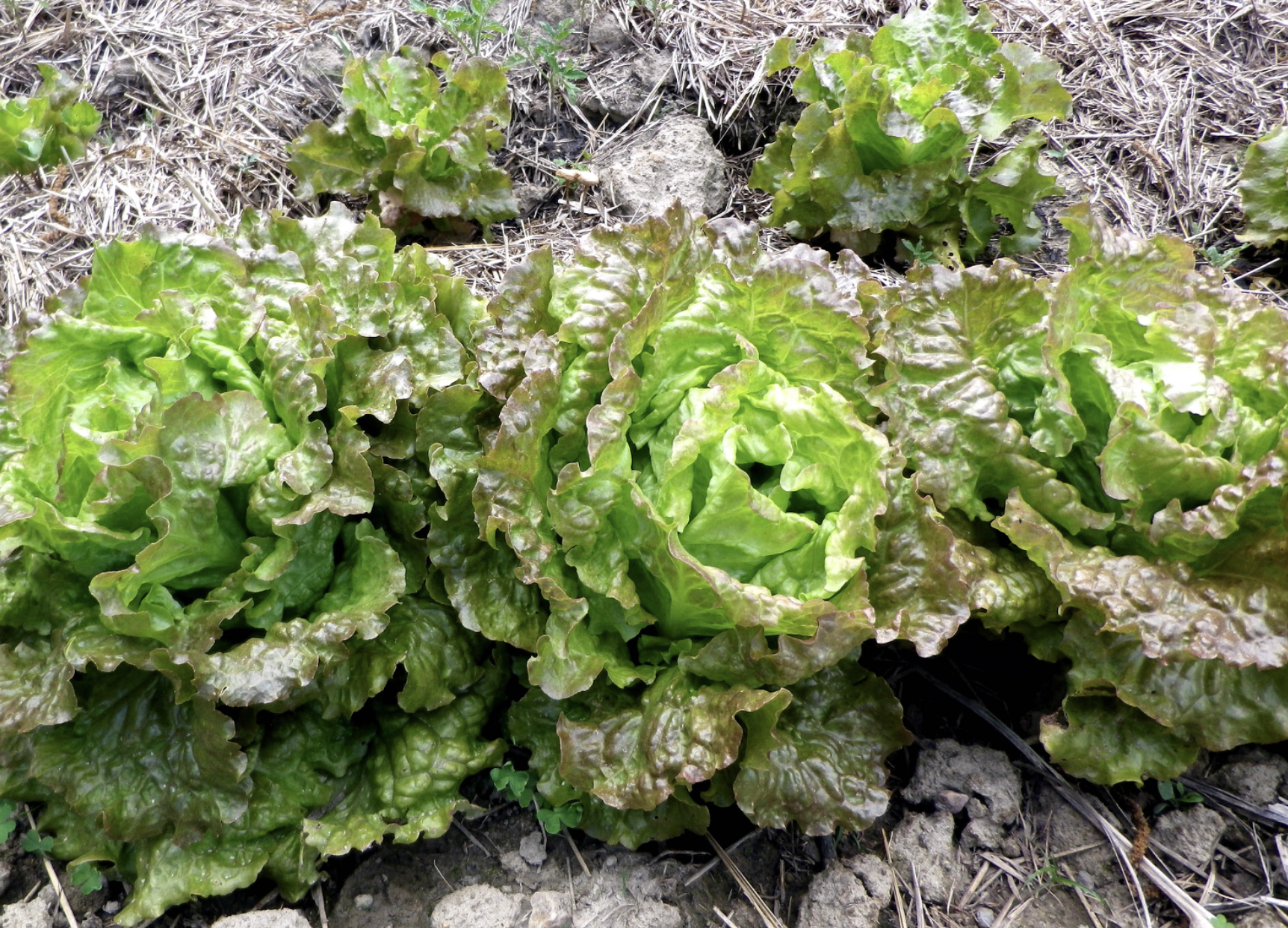
Lettuce
Lettuce is a cool-season crop that’s great for beginners in the early spring. It grows quickly and is low maintenance. You can often cut baby greens for your first salad in just 30 days.
For beginners, we usually recommend loose-leaf lettuce for a cut and come again option. Try our Wild Garden Lettuce Mix or a loose-leaf variety like Green Salad Bowl or Drunken Woman. If you want a lettuce that keeps well in the fridge, romaine is your best bet. Try a colorful romaine like Rouge d’Hiver (Red Winter) Romaine Lettuce or a heat-resistant variety like Jericho.
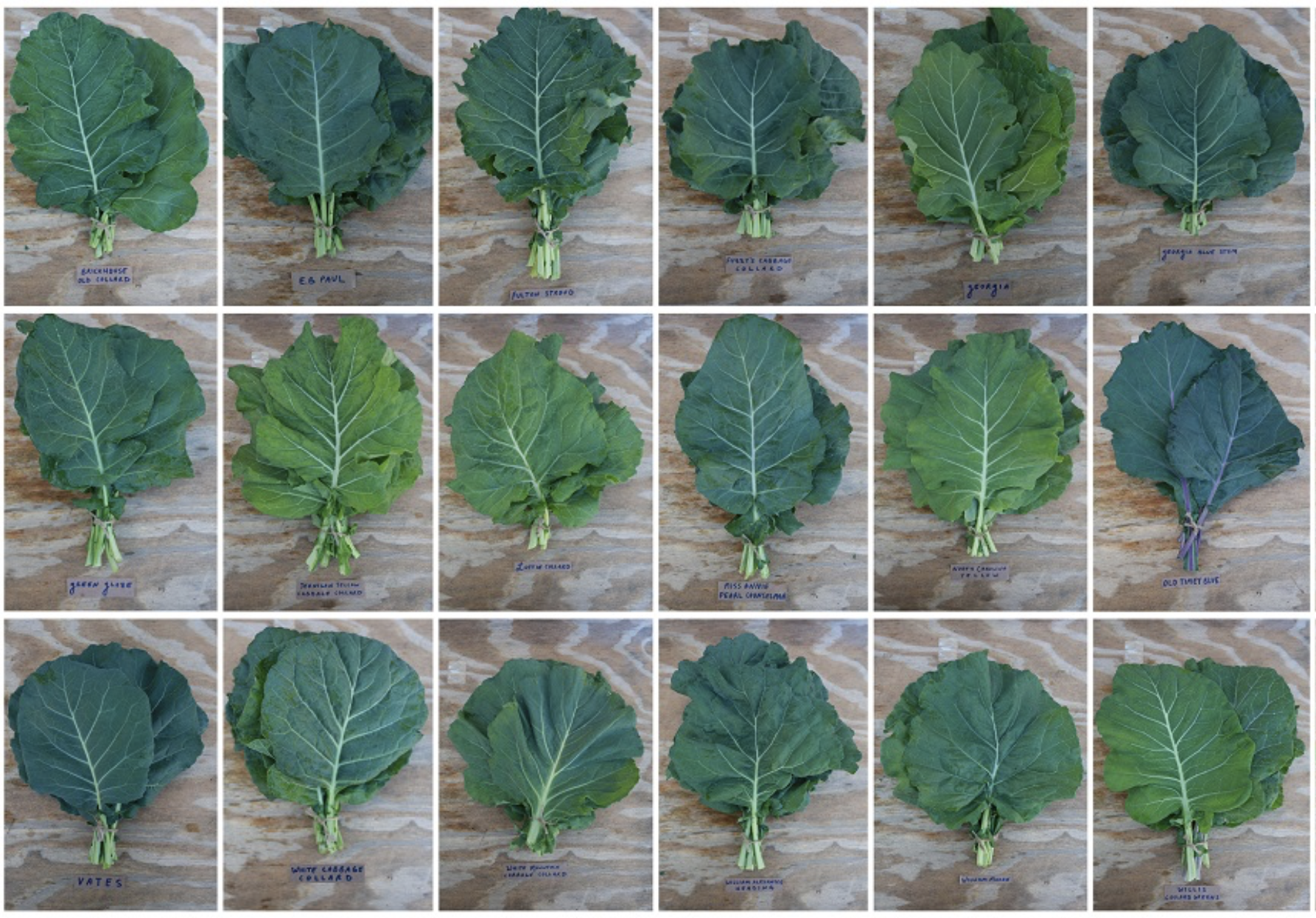
Collards
Collards are members of the cabbage family and are one of the easiest greens to grow in the Southeast. They are much more heat and drought tolerant than kale and cabbage. Most varieties are also winter hardy from Virginia southward. Try some old favorites like Whaley’s Favorite Cabbage Collards, Georgia Cabbage Collards, or Nancy Malone Wheat Purple Collards.
If you’re looking for cold-hardy greens, try the Utopian Ultracross Collard. The Heirloom Collard Project grew this new variety from 21 collards that saved 8°F lows through the winter. By purchasing a pack, you have the option to join a Community Seed Selection (CSS) project. The aim is to save seeds from the most cold-tolerant and tasty collards while preserving a wide diversity of types and colors.
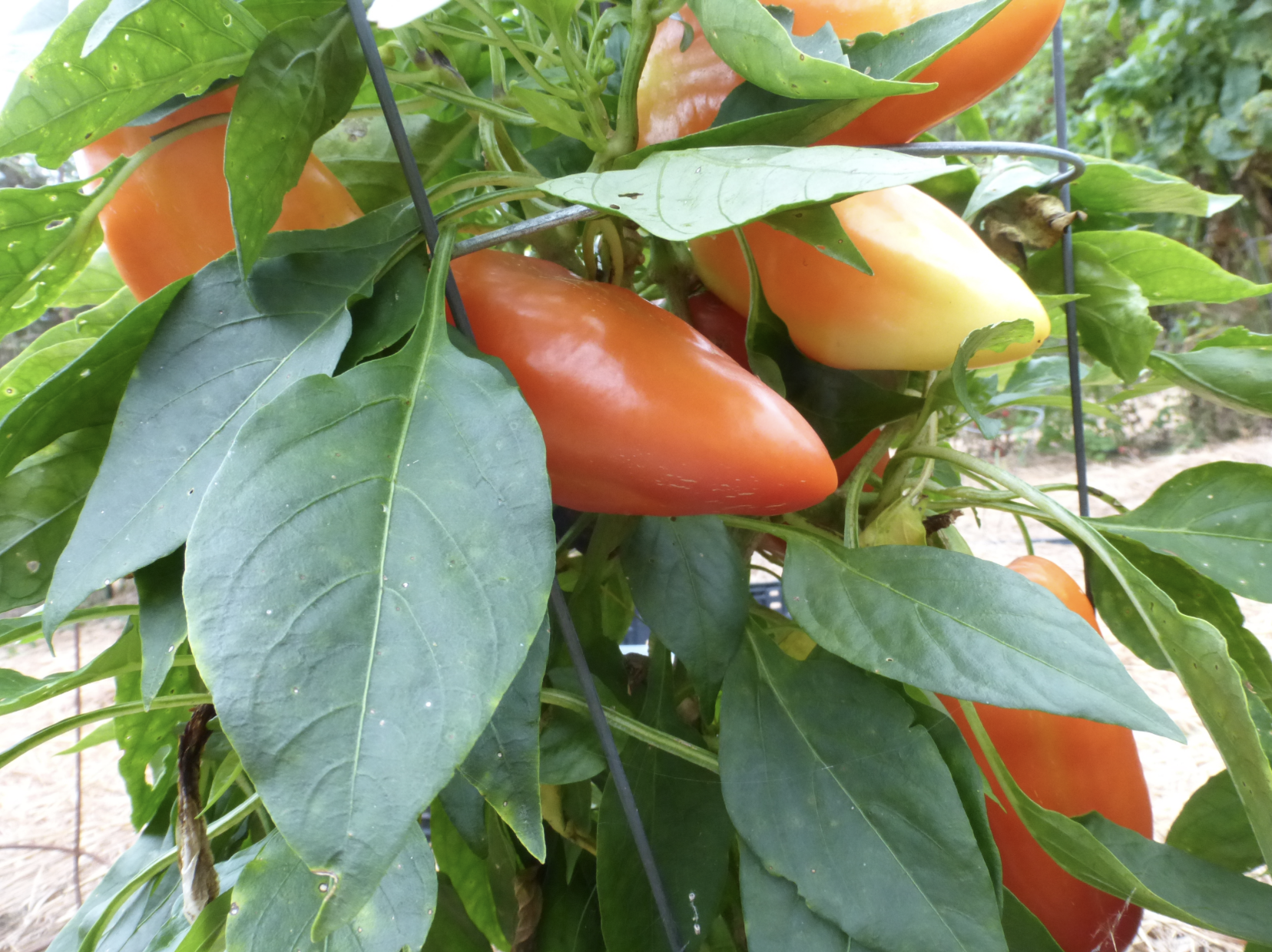
Peppers
Peppers thrive in the Southeast’s hot summers, and there are few pests that bother them. Many varieties are suitable for small gardens and container gardens. Generally, smaller peppers are easier to grow for beginners than large bell peppers. Smaller peppers usually ripen more quickly and are less likely to lodge or need additional support.
You’ll need to start peppers indoors. They will germinate and grow well only in warm soil. Smaller varieties like Balik Hot peppers, Doe Hill Golden Sweet Bell peppers, Jalapeños, Feherozon Sweet Bell, and Sweet Banana peppers are great options for beginners.

Basil
Herbs can be tricky, but basil is typically very easy to grow. You can start plants indoors, or direct sow once the soil is 60°F or warmer. Basil is also incredibly productive. You only need a couple of plants for a huge harvest. Harvesting or pinching basil encourages the plant to grow bushier.
There are many great basil varieties to try from classics like Sweet Genovese to colorful varieties like Red Rubin or unique flavors like Cinnamon.
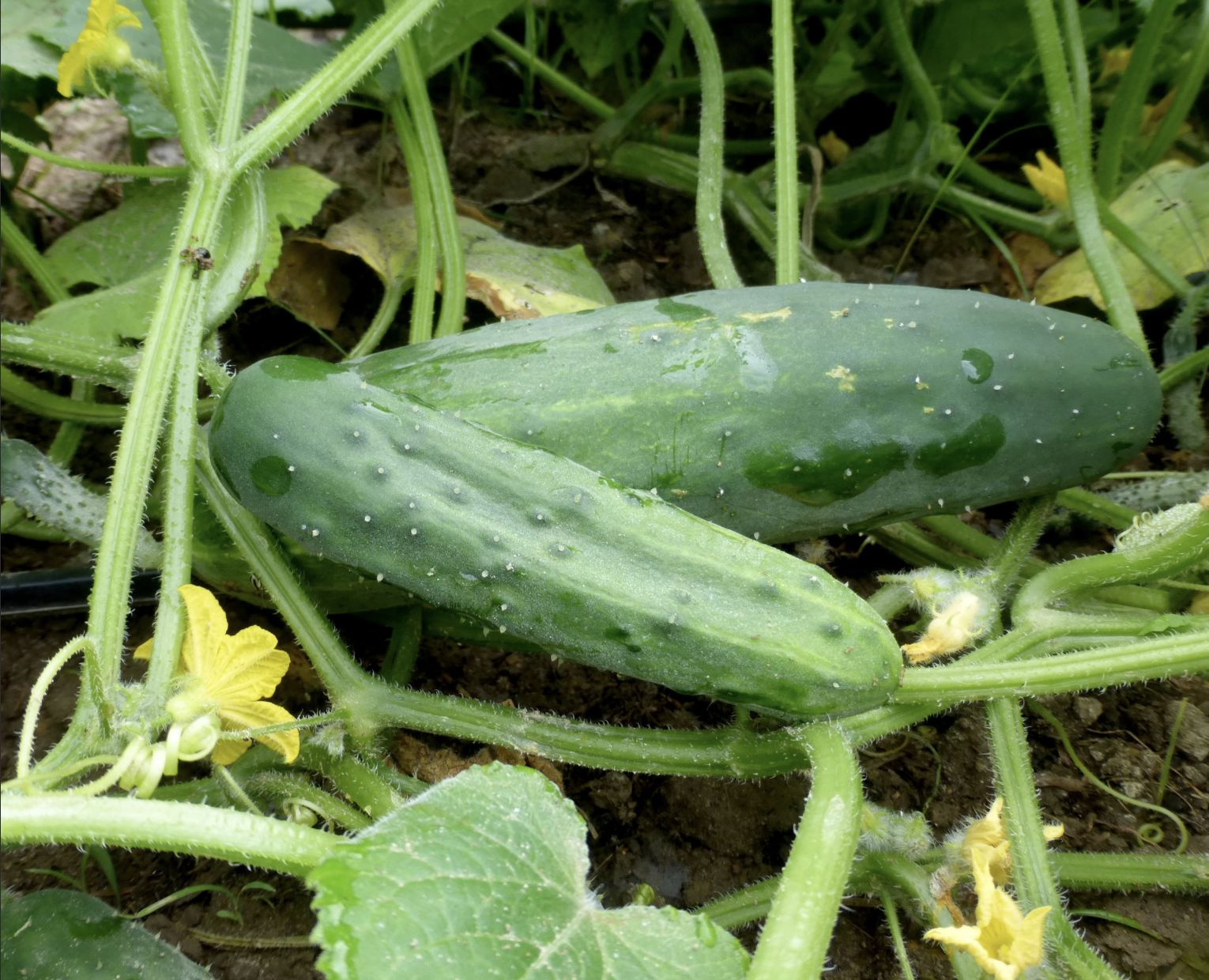
Cucumber
Cumbers are fun to grow and fun to eat. Some varieties are ready to harvest in as little as 55 days. You can trellis cucumbers to save space, but it’s also okay to let them sprawl over the ground. They’re great for blocking weeds.
However, fungal diseases like Downey mildew can be an issue in hot humid climates, so if you’re growing in the southeast, we recommend you start with a disease-resistant variety like Homemade Pickles Pickling cucumbers, Marketmore 76 cucumbers, or Poinsett 76 cucumbers.
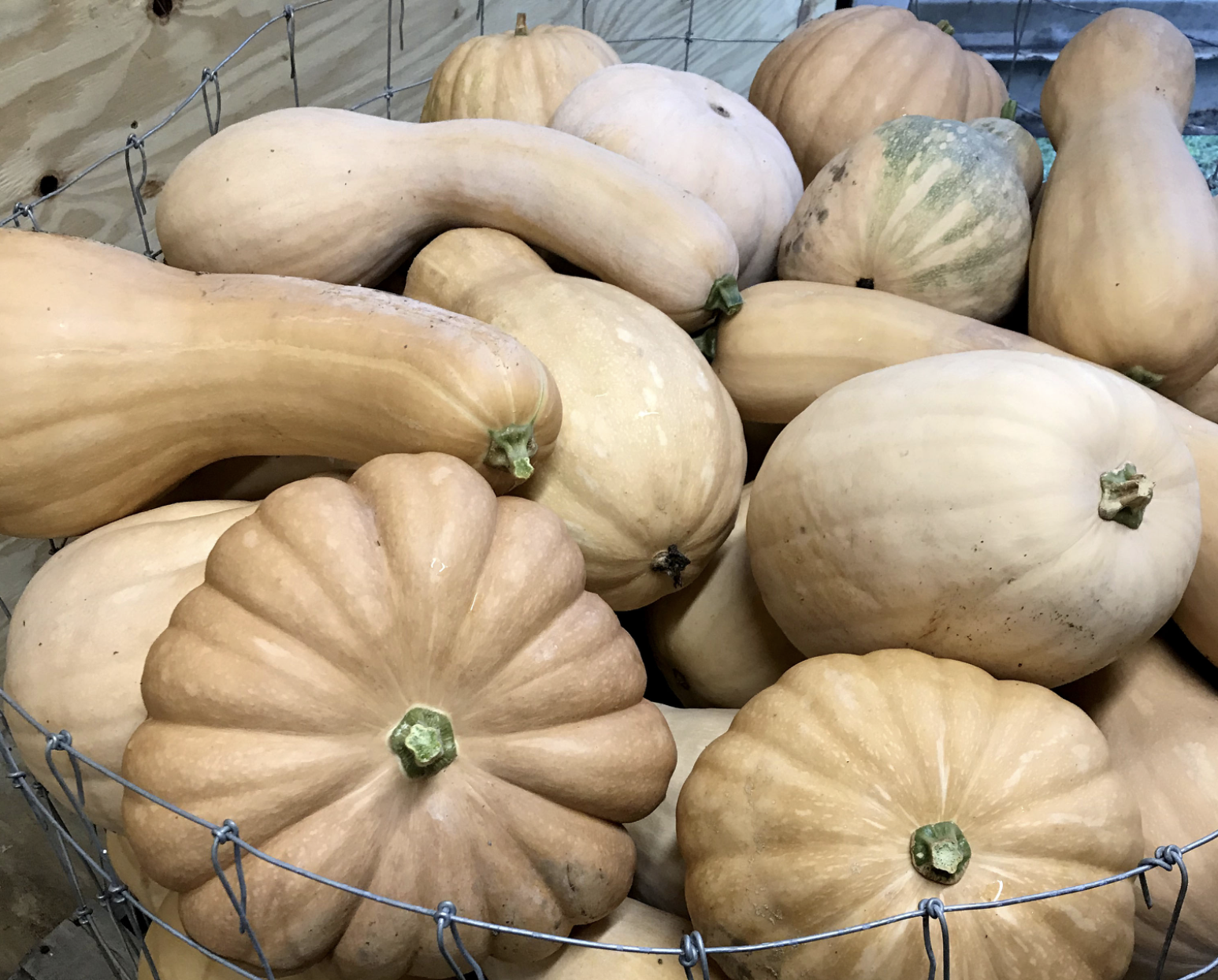
Squash
If you have gardener friends, there’s a good chance they’ve given you extra summer squash or zucchini. These crops are so prolific that it’s tough to keep up with just a few plants! Summer squash varieties like Dark Star zucchini, Golden Bush Scallop Summer squash, and Early Prolific Straightneck Summer squash can provide an abundance in a relatively small space. They also mature quickly, making multiple successions throughout the summer possible.
However, in parts of the Southeast, vine borers can wreak havoc on summer squash plantings. If other gardeners in your area deal with them or you don’t want to risk it, opt for a moschata type like Tromboncino Summer squash. This pest-resistant variety is a tasty summer squash when picked green and matures to tan like butternut squash. When fully mature, it has a sweet, nutty flavor, and you can use it like winter squash.
Winter squash is another easy-to-grow option. Just opt for disease and pest tolerant varieties like Magic Cushaw, Seminole pumpkin, and Mrs. Amerson’s Winter Squash. Remember to give these big squashes plenty of space.

Zinnias
Every garden needs a few flowers! Zinnias are among the easiest and most rewarding flowers to grow. Varieties like state fair mix offer a wide range of color in a single pack. Zinnias are annuals, but if you keep them dead-headed, they will continue blooming until frost. Harvesting a few flowers for cut flowers also encourages them to branch and produce more blooms. There are many great zinnias varieties and they are all easy to grow.
Planning your first garden doesn’t have to be difficult. Start a small garden this season with a few of our tried-and-true varieties.

